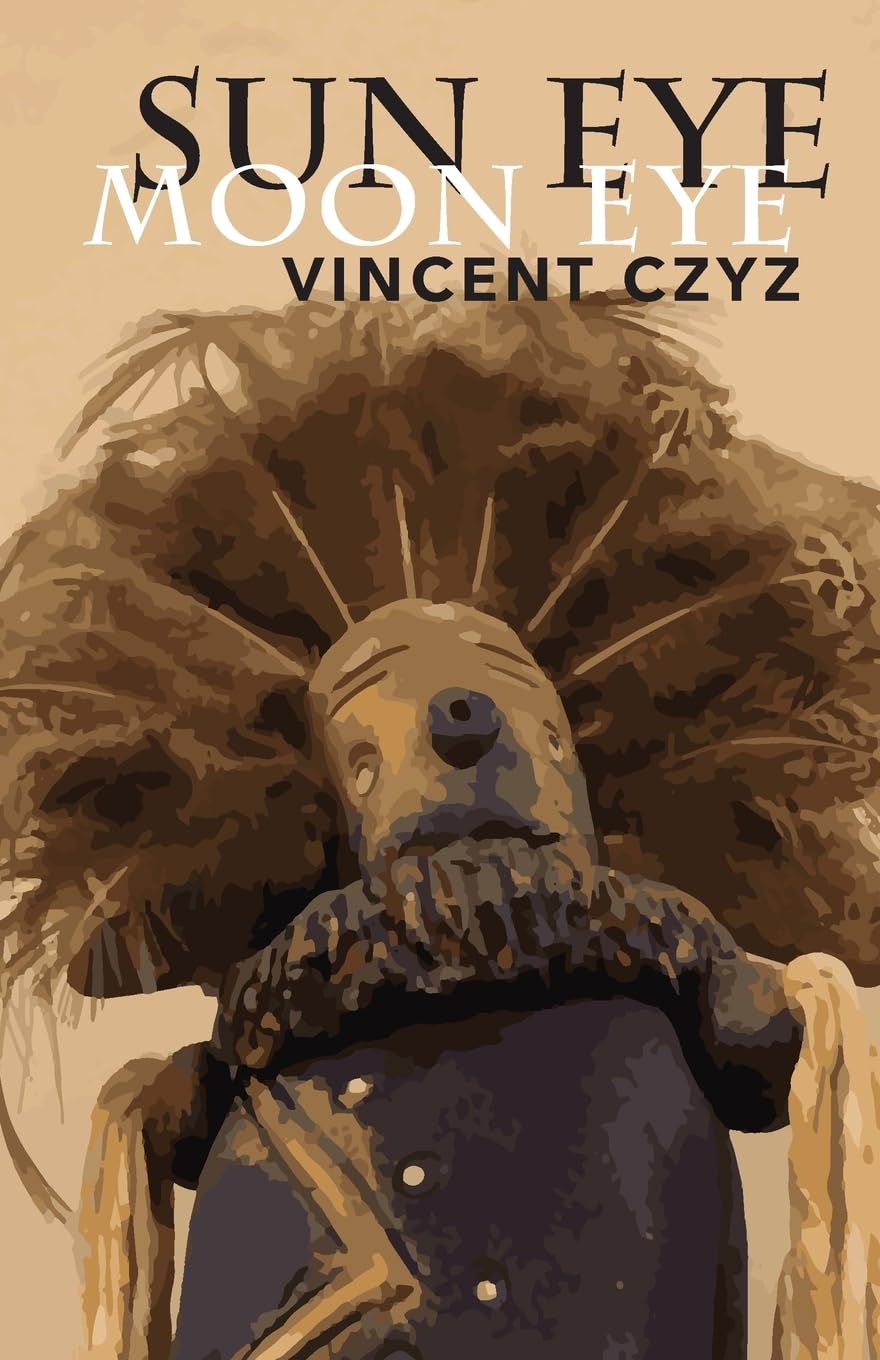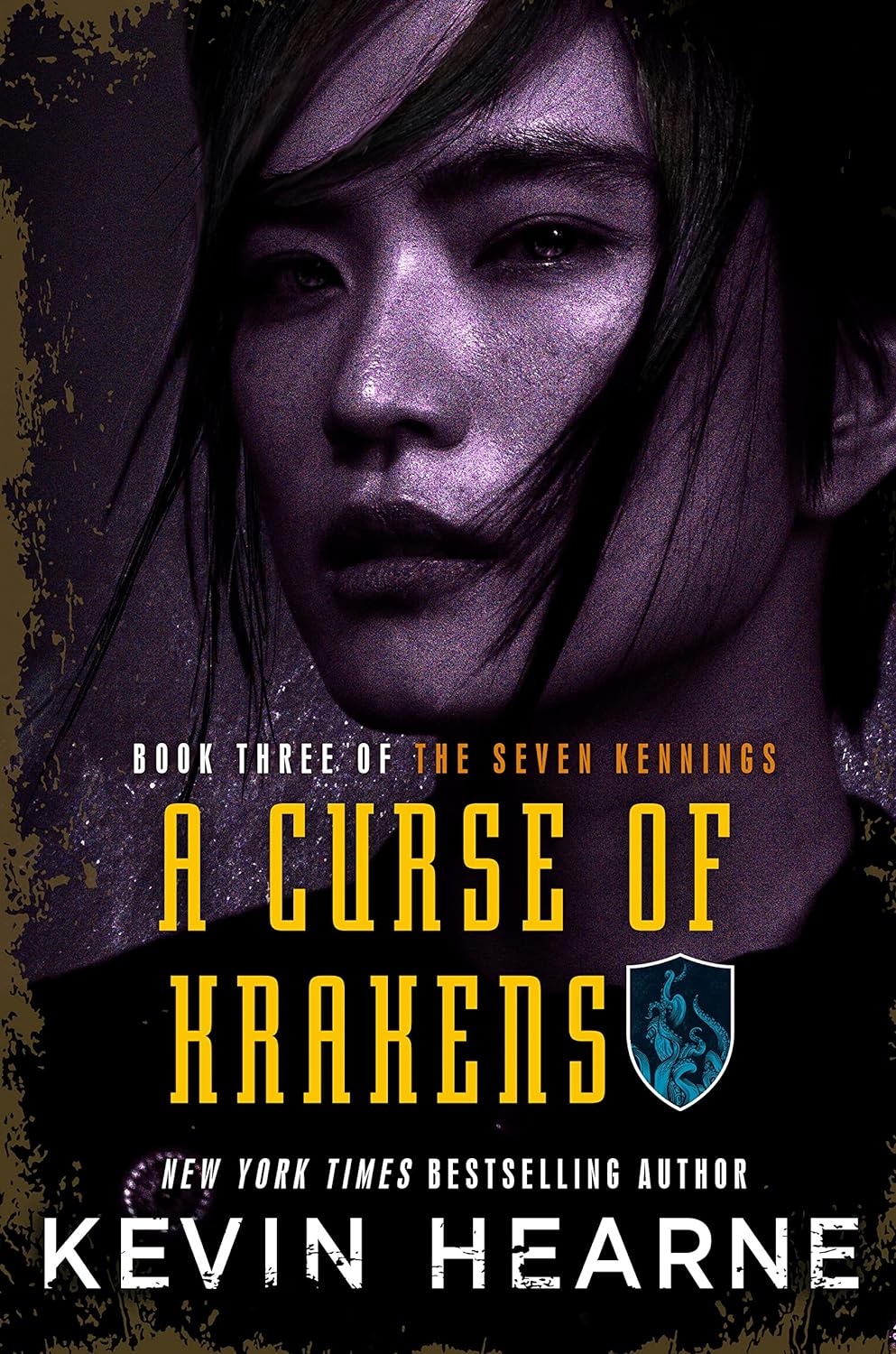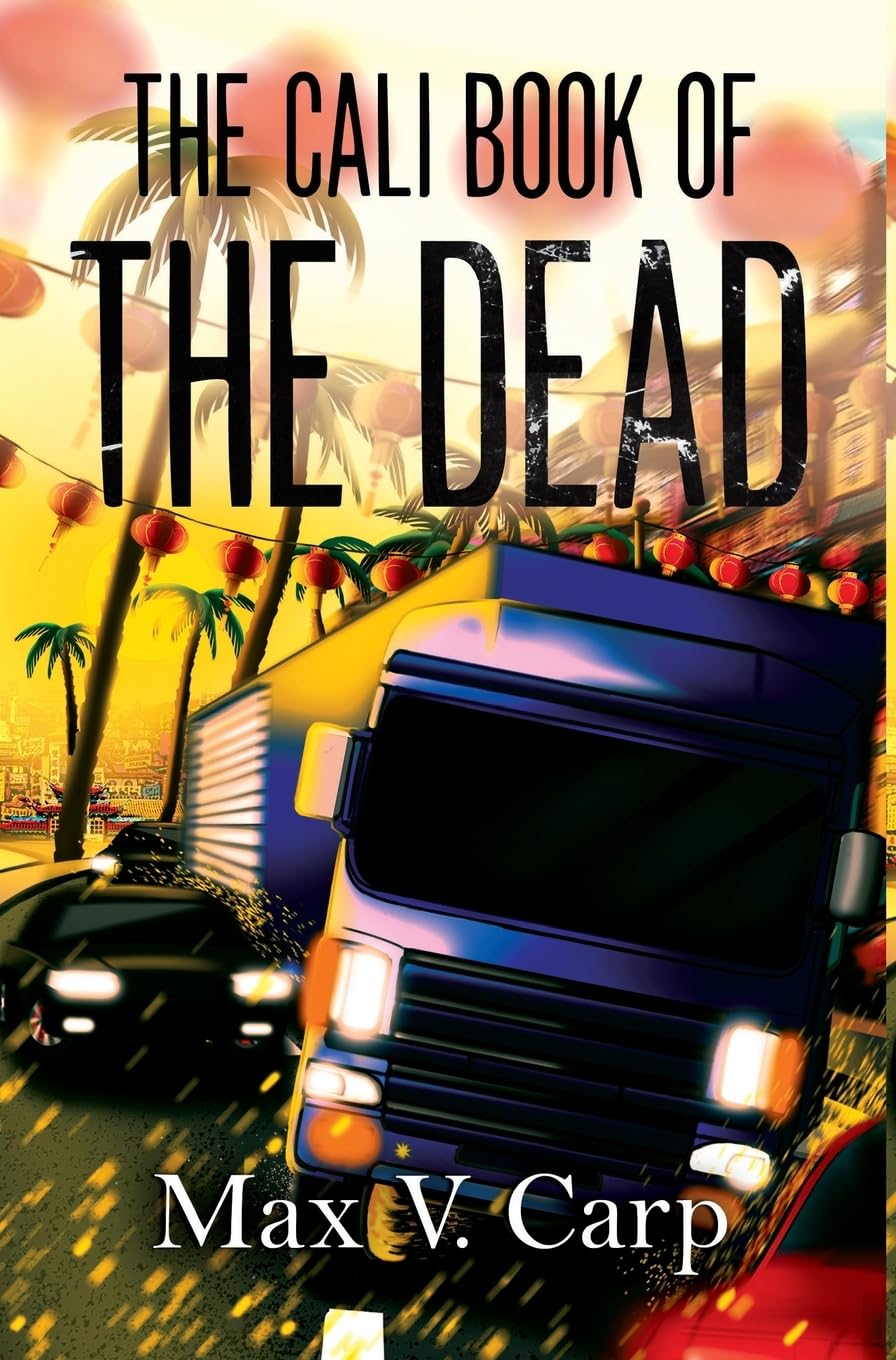You must be logged in to post a review.
Sun Eye Moon Eye
Logan Blackfeather is a man caught between worlds. He is both urban and rural. He comes from modern and traditional worlds. He is of both Hopi and Anglo descent. Logan sets out to find himself and learn what it means to be half Hopi. His drug-fueled journey crisscrosses the American West and into the Mesa lands of his ancestors, leading to the abandonment of his music and to a bar in Arizona. In the middle of a breakdown, Logan kills a trucker in a knife fight. Logan finds himself in a psychiatric hospital in New York. His recovery, helped along by his counselor, calms Logan’s spirit. Logan’s restlessness catches up with him. Escaping the hospital, Logan ventures into Manhattan and reconnects with a couple of friends and his music. Working as a piano man at a bar, he meets and falls for a successful executive, who guides him through the art and trendy places of SoHo. But Logan’s past is never far behind. He is constantly haunted by the ghost of his father and the violence of his upbringing.
Sun Eye Moon Eye by award-winning writer Vincent Czyz is a nonstop trip through the physical, spiritual, and mythical worlds. This is a cross-country, cross-cultural “trip,” literally. A quick warning, there are a lot mentions of drug use, hallucinations, suicide, and mental health issues in this novel. This book is divided into multiple sections representing the many aspects of Logan’s life. Czyz’s writing style changes with Logan’s mental well-being. The book’s chaotic beginning can be compared to William S. Burroughs’s frenzied, disjointed writings. As the novel progresses, there is an ever present “beat” feel with the poetic hooks Czyz uses. There is a definite rhythm to his writing. This novel goes through several stages, sometimes feeling a bit like Ken Kesey’s One Flew Over the Cuckoo’s Nest (the novel, not the movie) and at other times the angst and alienation of J.D. Salinger’s The Catcher in the Rye. It feels like Czyz is grasping for a particular style and landing on many different ones.
Much of the story takes place in the era of excess. Czyz does an excellent job of fitting the characters to the time and places. Czyz’s 1980s Yuppies and artsy types fit the stereotypes exactly. Many of the other characters also have extreme qualities. These characters definitely fit their places but can feel a little overdone. The dialogue though is not. Conversations feel natural and Czyz uses the slang of the time. The place settings vary as much as the people. Logan’s journeys take coast to coast, but scenes in Arizona and Kansas stand out. Czyz goes all out poetically describing place settings. His captures of the bar and art scenes of New York are fascinating and spot-on. From scene to scene, Czyz’s various characters display masculine angst. Czyz explores what it means to fit in with others trying to fit in.
As the novel progresses, Logan goes through many transformations. As in real life, Logan continues to struggle. The use of Logan’s dialogue throughout the book reflects his well-being. Czyz continuously captures Logan’s inner conflicts. Whether he is living primarily in his head like in the early chapters or when he is more outgoing and conversational. The book follows Logan’s mental state. Beginning with a chaotic Logan to a somewhat more grounded version, Czyz’s main character is constantly transforming. As Logan’s mental state stabilizes, he seems to come out of his shell. We learn a lot about his character through his conversations. Even though Logan’s character is not stagnant, Czyz does an excellent job of overwriting his transformations, growths, and downfalls. From beginning to end, Logan is always Logan.
In writing, there is the practice of “show, don’t tell.” The mental imagery that Czyz uses definitely shows. Descriptions have a Jack Kerouac feel to them. Having his main character on the road in much of the novel helps with this feeling. Scenes of hitch-hiking or driving around in a beaten-up old car add to the overall feel of aimless traveling. Whether he is showing the desert landscapes of Arizona and New Mexico, portraying the gloomy and sterile conditions of a mental hospital, or the Yuppie-filled cocaine-fueled trendy art scene of 1980s New York City, Czyz offers the reader his views that encompass multiple senses. Not only does the reader get a complete picture visually, but one can feel the textures, smell the odors, and sense the utter quiet of the desert or the cacophony of the streets of New York City. Readers cannot help but feel the passion Czyz has for his craft. There is also a practice in storytelling about giving the reader just enough information for them to be able to visualize the scene. A writer can “show” too much. Czyz can get rather wordy with his imagery. Though his descriptions range from fun to informative to accurate, many sections in this novel are rather long and bogged down by the overuse of flowery descriptions. In his attempt to paint a complete picture, Czyz overloads the canvas and does not let the reader fill in the blanks. Even though he trimmed a significant portion of his original writings, Czyz’s overuse of his descriptive language, this novel is still very long and, at times, hard to read.
Czyz adds to the commentary about life in the United States. From over-consumerism to the state of the mental health system, Czyz points out inconsistencies and a lack of understanding. A large portion of this novel takes place in a mental hospital. Though Logan seems to get some help while under the hospital’s care, Czyz highlights the lack of actual treatment in the United States mental health system. One line sums up this institution: “Logan didn’t know whether the medication made them better, but it made them easier to deal with.” Setting his novel in the 1980s, Czyz highlights the attitudes of excess. Even though Czyz intended to publish this novel in the early 1990s, the three-decade delay does not lessen the novel’s sentiments but feels like they were enhanced. This novel does an excellent job of highlighting the inadequacies of an era many people try to misremember.
Czyz uses a lot of symbolism throughout his novel. The usage is not limited to just one culture. Interpreting these symbols adds an interesting dimension to the book. But it can add a bit of confusion also. Logan is half Hopi and is eternally trying to figure out what that means. The entire novel is about Logan’s heritage. Even the book’s description mentions Logan’s ancestry. The use of Hopi characters from the tribe’s myths reflects Logan’s journey. Czyz uses Kachinas to represent a number of ideas throughout the novel as well as the villages among the Arizona Mesas and New Mexico’s Chaco Canyon. But Czyz uses imagery from other cultures as well. The novel’s title, Sun Eye Moon Eye refers to the two ways to view the world. Czyz mentions a god with both a sun and a moon eye. This symbolism seems to refer to either the Egyptian god Horus or the Hindu deity Lord Shiva, adding to the confusion about what Czyz is trying to say. He also uses Christianity and Buddhism with some of the characters. A reader who is trying to decipher the meanings of all the symbols mixed into this book could get lost.
Sun Eye Moon Eye is a novel with a varying audience. As a white, Gen X male, I had a love-hate relationship with this book. Even though this book is long and at times difficult to read, it is still worth reading if the reader has patience. The flow and language feel like the writings of a beat poet. Even though the symbolism is extensive and cross cultural, it leaves a lot for the reader to puzzle out. This story is about self-discovery and trying to find a way and a place in this world. As the United States grows, many individuals are left trying to span two worlds. Logan’s struggles are not unique, except maybe having to take a life to defend oneself. Readers lost in the multiple worlds that make up life may see themselves in Logan. With the poetic flow and constant explorations, both internal and out in the open, this could be the On the Road for a new generation. Czyz’s novel is a great look into life during the 1980s and the struggles of young men throughout this country. As much as Kerouac’s book is a snapshot of the 1940s and 1950s, Sun Eye Moon Eye gives the reader a picture of life in the 1980s. Czyz uses a lot of cultural and religious imagery. Readers who enjoy finding meaning in symbolisms, especially multicultural ideologies, will have a lot of mysticism and mythology to delve into. And even though this novel can be long and drawn out, it has the feel of a cult classic.
| Author | Vincent Czyz |
|---|---|
| Star Count | 3.5/5 |
| Format | Trade |
| Page Count | 558 pages |
| Publisher | Spuyten Duyvil |
| Publish Date | 19-Mar-2024 |
| ISBN | 9781959556831 |
| Bookshop.org | Buy this Book |
| Issue | March 2024 |
| Category | Modern Literature |
| Share |









Reviews
There are no reviews yet.